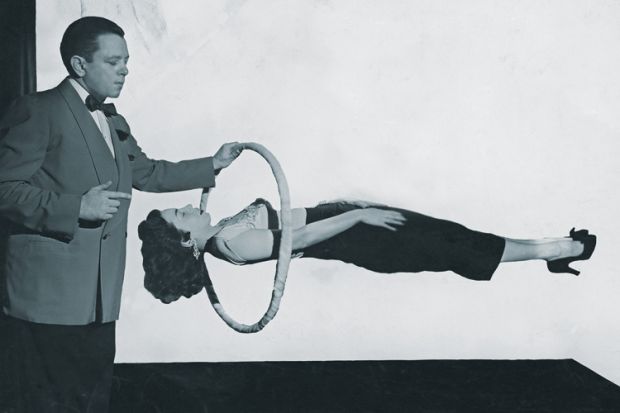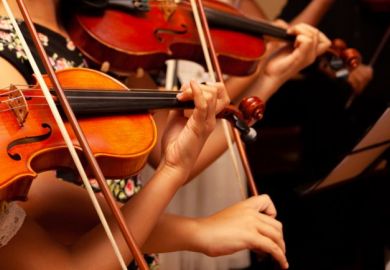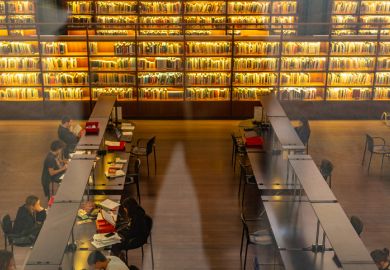A research psychologist wants to change our perceptions of “how magic is understood”.
Five hundred years ago, says Peter Lamont, senior lecturer in psychology at the University of Edinburgh and a former president of the Edinburgh Magic Circle, “magicians astonished people by making a coin disappear”.
Today, despite taking for granted hundreds of technological marvels that would have baffled our ancestors, “we still find it astonishing they can make a coin disappear, because magicians are constantly adapting to different audiences, who know different things…They can still astonish audiences who are increasingly hard to astonish.”
Yet despite its longevity and huge popularity as “a dynamic performance art”, argues Lamont, magic is often seen as “trivial, just as a form of deception and not an art form”.
Throughout history, he goes on, “most people have believed in some kind of ‘real magic’. It is only in fairly recent times that miracles in the Bible have been looked at more sceptically. Surveys show there is still strong belief in the paranormal.” Part of the problem for stage magicians, therefore, is that it is “always linked to ideas of ‘real magic’”, and so often seen as second best.
Far better, in Lamont’s view, is to “look at the function of magic, which is to create an experience best described as ‘astonishment’, and very hard to find anywhere else”.
A fellowship funded by the Arts and Humanities Research Council allowed him to study such themes all the way back to the time of the ancient Egyptians. He has now secured a further grant from the AHRC for a knowledge exchange project titled Magical Thinking: The History and Theory of Magic. This will be carried out in collaboration with the Magic Circle (London), the Conjuring Arts Research Center (New York) and the Academy of Magical Arts (Los Angeles) as well as his own university.
Goals of the project include clarifying “what is ‘real’ in the performance of magic” and improving “the historical and theoretical understanding of the next generation of magicians”.
Although today’s young magicians may try to learn their craft from copying tricks they find on YouTube, Lamont believes that “those experienced and knowledgeable about magic think the history is important…the more history and theory we have in magic, the more we can be creative and produce richer and more satisfying performances”.
Other outputs of the Magical Thinking project will include exhibitions aimed at the general public, incorporating videos of “authentic historical recreations of specific magic effects”.
POSTSCRIPT:
Print headline: We are all still beside ourselves
Register to continue
Why register?
- Registration is free and only takes a moment
- Once registered, you can read 3 articles a month
- Sign up for our newsletter
Subscribe
Or subscribe for unlimited access to:
- Unlimited access to news, views, insights & reviews
- Digital editions
- Digital access to THE’s university and college rankings analysis
Already registered or a current subscriber?




